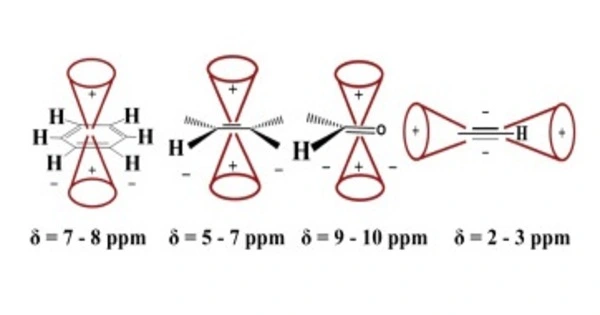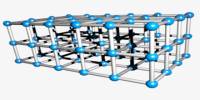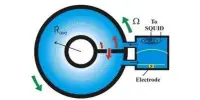Magnetic anisotropy refers to the property of a magnetic material to exhibit different magnetic properties in different crystallographic directions. In other words, the magnetic properties of a material depend on the orientation of the crystal lattice with respect to an external magnetic field.
Magnetic anisotropy in condensed matter physics describes how an object’s magnetic properties can differ depending on direction. In the most basic case, an object’s magnetic moment has no preferential direction. It will respond to a magnetic field in the same way regardless of the direction of the field. This is referred to as magnetic isotropy. Magnetically anisotropic materials, on the other hand, will be easier or harder to magnetize depending on which way the object is rotated.
Cause
Magnetic anisotropy is caused by various factors, including the shape of the crystal structure, the presence of magnetic impurities or defects, and the spin-orbit coupling of the electrons in the material.
Most magnetically anisotropic materials can be magnetized in two easy directions, which are 180° rotations apart. The easy axis is the line parallel to these directions. In other words, the easy axis is a direction of spontaneous magnetization that is energetically favorable. Because two opposite directions along an easy axis are usually equally easy to magnetize along, the actual direction of magnetization can just as easily settle into either direction, demonstrating spontaneous symmetry breaking.
Magnetic anisotropy is required for ferromagnetic hysteresis; without it, a ferromagnet is superparamagnetic.
Types
There are two types of magnetic anisotropy: magnetocrystalline anisotropy and shape anisotropy. Magnetocrystalline anisotropy arises from the intrinsic magnetic properties of the crystal lattice and can be further divided into two categories: easy-axis anisotropy and easy-plane anisotropy. Easy-axis anisotropy occurs when the magnetic moment of a crystal prefers to align parallel or antiparallel to a particular crystallographic axis. Easy-plane anisotropy occurs when the magnetic moment prefers to lie in a particular plane of the crystal.
Shape anisotropy arises from the geometry of the sample and occurs in elongated or thin magnetic samples. In such samples, the magnetic moment aligns preferentially along the long axis of the sample, leading to a net magnetic moment in that direction.
Application
Magnetic anisotropy plays a crucial role in a variety of applications, such as magnetic data storage, spintronics, and magnetic sensors. Understanding and controlling magnetic anisotropy is essential for developing new materials and devices with improved magnetic properties.
















